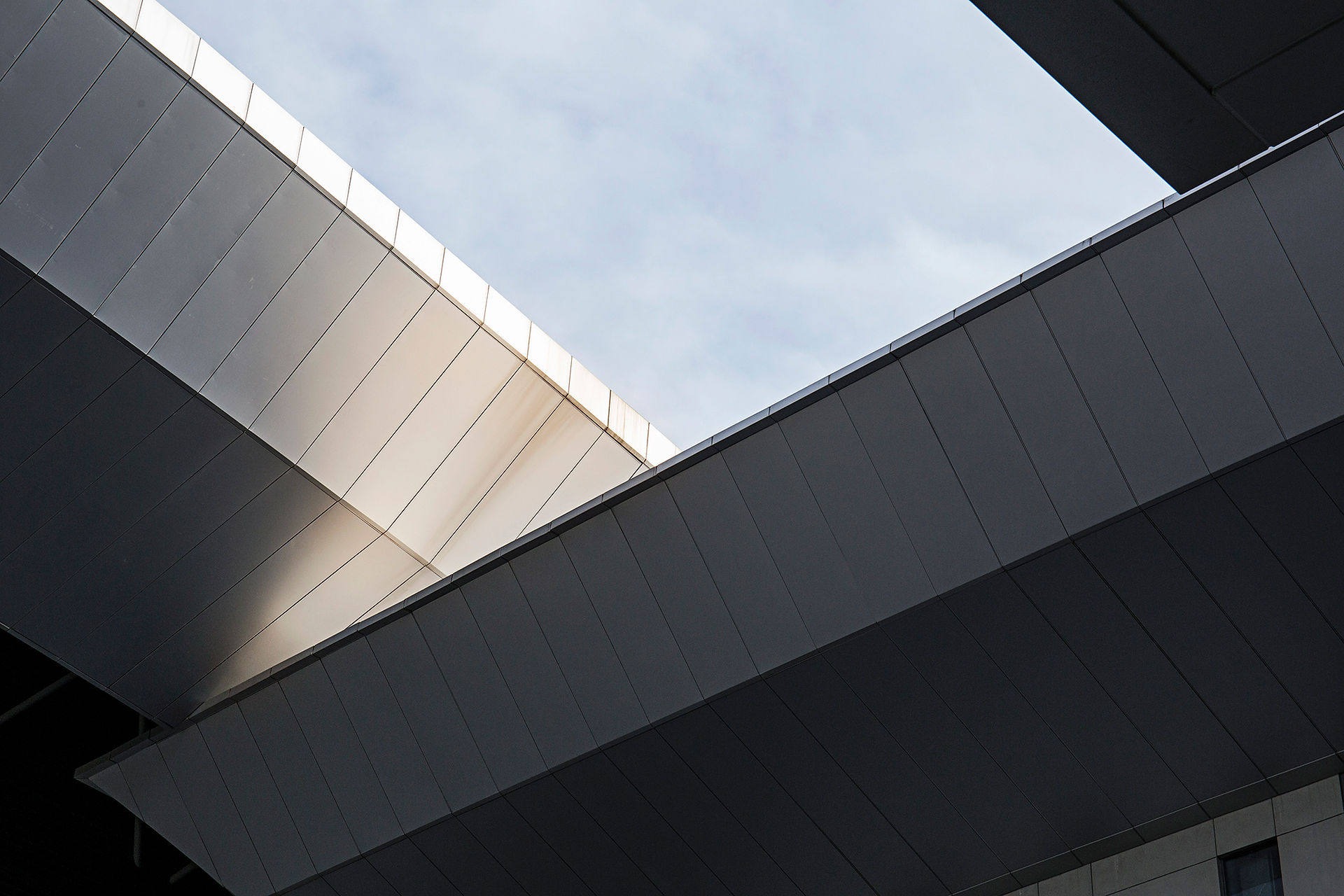


The easiest way to help is simply to turn off your lights. As many of them as possible. If turning them off is not an option, then making sure they're pointed down or shielded (covered) is the next best thing.
The next step is to advocate. Spread the word! Convince your family, your friends, your neighbors - really anyone and everyone - to reduce their light usage. Saving money, energy, and the night sky at an individual level.
Less Lights

Monitor Building Collisions
While birds migrate our artificial light can hinder their lengthy and challenging travels significantly. It is especially important for us to reduce light pollution as much as possible during these times.
Help City Wildlife monitor bird collisions by emailing them at: LODC@citywildlife.org

Community Science
Help observe and report the brightness of the night sky with international science campaign, Globe at Night.
Globe at Night will be collecting observations all year long. By comparing measurements to prior years, they can provide a comprehensive view of the changes to the night sky quality worldwide.
Learn more about contributing here:
CHOOSING THE RIGHT BULB
At night, you should select warm bulbs with low CCT to minimize exposure to blue-rich light that will disrupt melatonin production. Look for bulbs rated at 3000 K or lower that can be dimmed.

During the day, we need bright light to support a healthy circadian rhythm. Select “cool” (i.e., bluer) light sources for daytime interior use in the spaces you work in and use most often. It’s best to have these lights at a higher light level during the day to mimic the natural day/night cycle.


Be sure to examine the packaging of bulbs you buy. In the United States and many other countries, all packaging for new light bulbs provides correlated color temperature information. It is commonly included in a Lighting Facts box and may be referred to as “light appearance.” The CCT, measured in kelvins (K), will be indicated by a number and a marker on a scale ranging from “warm” on the left to “cool” on.